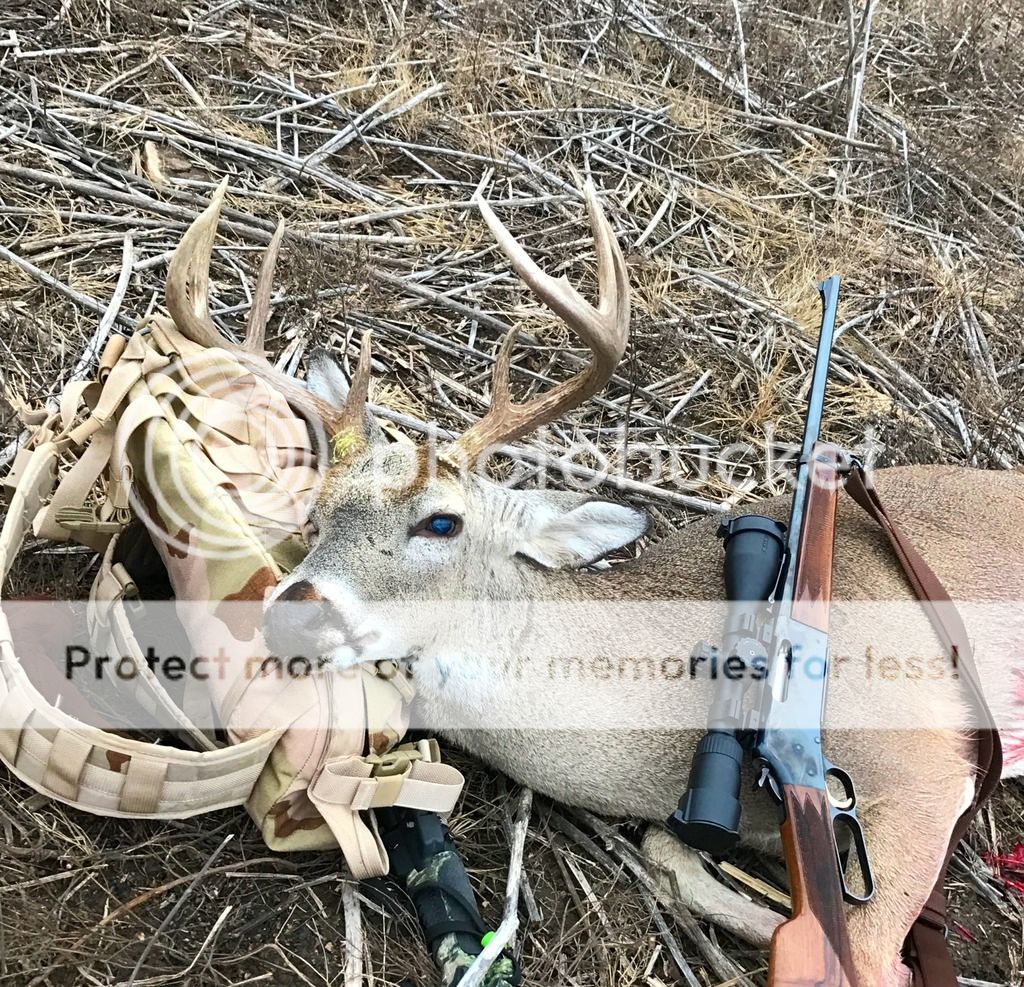Hi guys,
I am not giving these comparisons with the intention to diminish any other cartridges or to start arguments that can get quite boring, but to provide a more meaningful reference
perhaps some people can relate to.
The 30-06 is a very nice round that can be pumped like everything else and the buffalo bore rounds I attached as reference are no exception.
Quick-Load is an excellent software to get started but understandably cannot be 100% precise and account for everything.
The Buffalo Bore, Double Tap and others including my chrono are well tested and reliable so there is nothing over optimistic about anything here. They are simply hot hunting rounds
loaded to full power that the 358 takes happily to 62K psi with modern brass, powders and primers. I posted those on purpose not just because they are "superformance" style
but because they are tested in popular firearms like the 22" Ruger I posted. Actually I get a tad more speed from the krieger 5R barrel than the ruger 77 tested by buffalo bore.
the 200 and 225gr bullets shoot pretty flat comparable to countless other calibers larger and small and will put a lot of momentum on the target.
The 250gr like double tap is a true brush load where 338,30 and smaller calibers will struggle with the brush, and in terms of momentum on the target, it leaves some popular big bore brush
hunters behind not only in trajectory/speed but also momentum. The ballistics of the 35 and 375 calibers are pretty decent with considerable grain options and they can be moved
by smaller cases and small magnums. I like the 358 because its cost vs. performance (Value) and compatibility options with the 357 and 9mm. I just got 3K 200gr speer TMJ for
$12cents each. Awesome value for many 35 caliber rounds and those cheap bullets will pulverize a deer or a hog although they might not be the first choice for that.
The heavy recoil claim is not that realistic really. This doesn't recoil a lot more than a 30-06 with a 180gr bullet and a lot less than the typical 180gr winmag yet killing potential at
the average/moderate hunting distances is similar than the 300 win mag. The 35 caliber premium heavy bullets (frontal section) has a lot to do with it.
Also if you study the 35 whelen's killing power you will see one could tackle anything. Another amazingly simple and economic powerhouse combined with the 35 caliber bullets.
Perhaps these cartriges are overlooked because they are seen as utilitarians and yes they are utilitarians but make no mistake about the huge power factor they can provide.
Energy says something about a caliber but doesn't mean much at the muzzle nor tells the story about the killing power at any other distance. Once we get into certain larger calibers
more sectional density is not needed and it takes a back sit yet grain and big holes take charge to get the job done quickly. IMO ethical hunters like that.
Here an article about the BLR + 358 marriage although no mention of the premium hunting loads ...
http://www.chuckhawks.com/browning_BLR_358.htm










